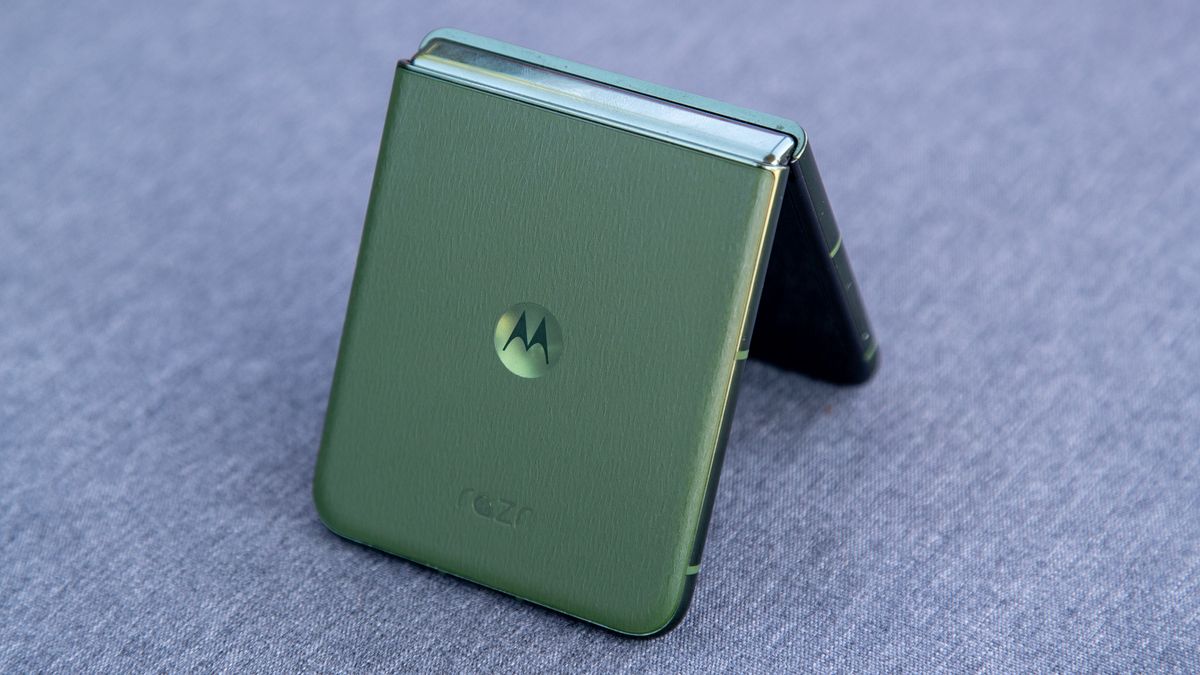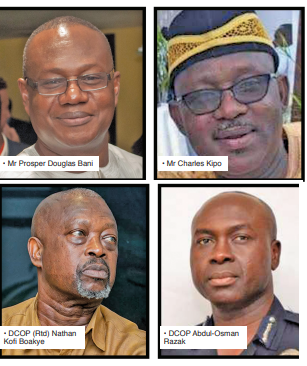Jelena McWilliams, chair of the Federal Deposit Insurance Corporation (FDIC), during a Senate Banking, Housing, and Urban Affairs Committee hearing in Washington, D.C., U.S., on Tuesday, Aug. 3, 2021.
Al Drago | Bloomberg | Getty Images
There is an $85 million shortfall between what partner banks of fintech middleman Synapse are holding and what depositors are owed, according to the court-appointed trustee in the Synapse bankruptcy.
Customers of fintech firms that used Synapse to link up with banks had $265 million in balances, while the banks themselves only had $180 million associated with those accounts, trustee Jelena McWilliams said in a report filed late Thursday.
The missing funds explain what is at the heart of the worst meltdown in the U.S. fintech sector since its emergence in the years after the 2008 financial crisis. More than 100,000 customers of a diverse set of fintech companies have been locked out of their savings accounts for nearly a month after the failure of Synapse, an Andreessen Horowitz-backed startup, amid disagreements over user balances.
While Synapse and its partners, including Evolve Bank & Trust, have lobbed accusations of improperly moving balances or keeping incorrect ledgers at each other in court filings, McWilliams’ report is the first outside attempt to determine the scope of missing funds in this mess.
Much unknown
Since being named trustee on May 24, McWilliams has worked with four banks — Evolve, American Bank, AMG National Trust and Lineage Bank — in an attempt to reconciliate their various ledgers so customers could regain access to their funds.
But the banks need much more information to complete the project, including understanding how a Synapse brokerage and lending business may have impacted fund flows, said McWilliams. Synapse apparently comingled funds among several institutions, using multiple banks to serve the same companies, she said.
What’s worse, it’s still unclear what happened to the missing funds, she said.
“The source of the shortfall, including whether end user funds and negative balance accounts were moved among Partner Banks in a way that increased or decreased the respective shortfalls that may have existed at each Partner Bank at an earlier time, is not known at this time,” McWiliams wrote.
McWilliams, a former FDIC chairman and current partner at the law firm Cravath, didn’t respond to requests for comment.
Spreading the pain
McWilliams’ task has been made harder because there are no funds to pay external forensics firms or even former Synapse employees to help, she said in her report. Synapse fired the last of its employees on May 24.
Still, some customers whose funds were held at banks in what’s called demand deposit accounts have already begun getting access to accounts, she said.
But users whose funds were pooled in a communal way known as FBO, or For Benefit Of, accounts, will have a harder time getting their money. A full reconciliation will take weeks more to complete, she said.
In her report, McWilliams presented several options for Judge Martin Barash to consider at a Friday hearing that will allow at least some FBO customers to regain access to their funds.
The options include paying some customers out fully, while delaying payments to others, depending on if the individual FBO accounts have been reconciled. Another option would be spreading the shortfall evenly among all customers to make limited funds available sooner.
McWilliams said her recommendation was that “funds be distributed to end users as promptly as practicable following the status conference” on Friday.





















Discussion about this post